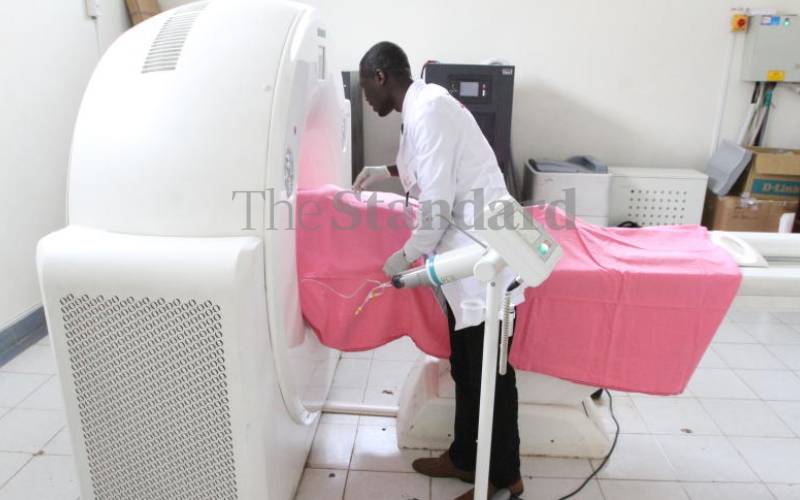×
The Standard e-Paper
Join Thousands of Readers

The future of clinical medicine lies in simulation-based training. Simulation has been used for centuries to teach various skills. It involves a life-like model of a process or system.
It is an activity or event with ability to replicate clinical practice using scenarios, manikins (both high-fidelity and medium-fidelity), standardised patients, role-playing, skills stations, and computer-based critical thinking simulations.